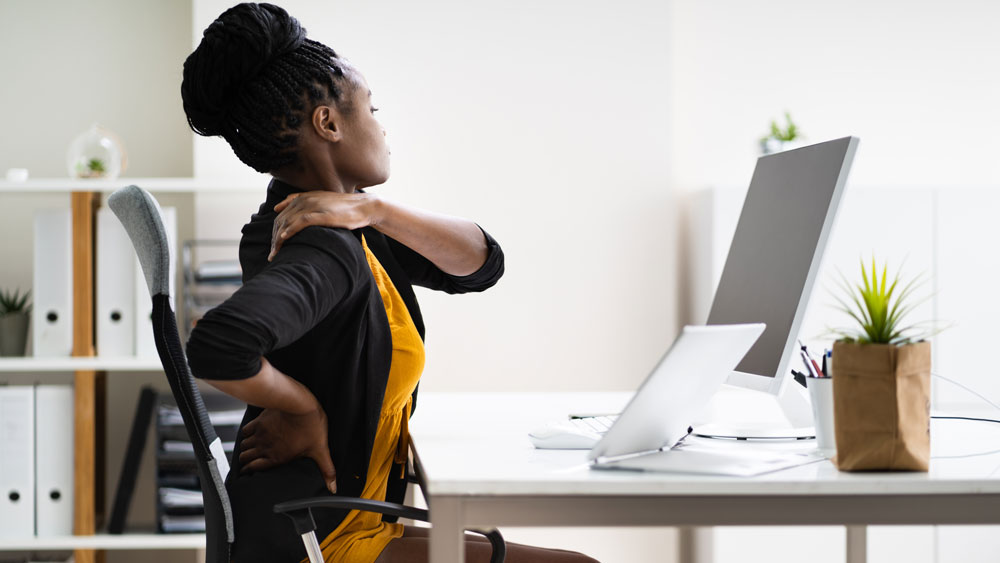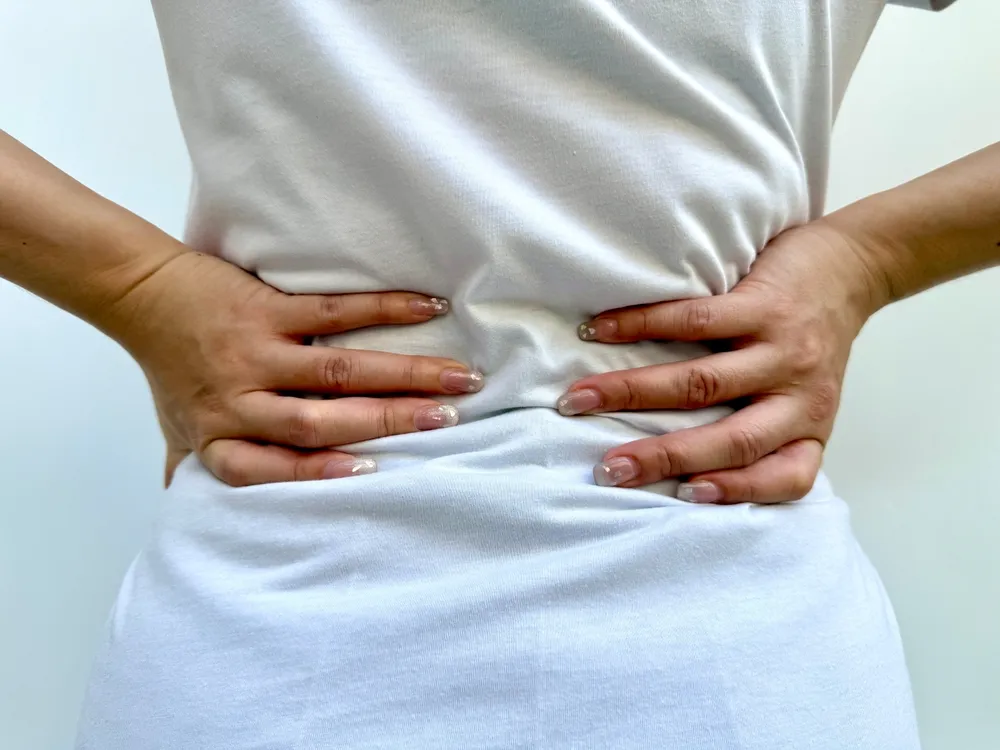Back pain is one of the world’s most prevalent health problems; almost everyone will experience pain in their lower back at one point in their lives. In fact, approximately one in six people in England are coping with some form of back pain, according to the Arthritis Research UK.
Back pain is often not a disease itself but a symptom of a musculoskeletal condition. The pain varies in severity, ranging from uncomfortable to debilitating enough that the patient is forced to give up working full-time and has difficulties completing everyday tasks.
Given the ubiquity of back pain in the UK, it’s important to learn more about this health problem to pinpoint its effects on the individual, community and national levels. OSIM put together these recent back pain statistics in the UK to help you understand the gravity of this widespread health issue.
Prevalence
Arthritis Research UK estimates that 9 million people in England live with back pain. Sixty-one percent, or around 5.5 million people, suffer from a severe case. The report also stated that low back pain is the leading cause of disability in the UK.
In most cases, it’s difficult to pinpoint a single cause for this musculoskeletal problem. According to the Global Burden of Disease 2021 report, 85 to 95 per cent of people who suffer from back pain don’t know the pathological origin of their pain.
Although the cause of back pain is often left unidentified, the following factors are known to worsen the condition:
- Repeated heavy physical work that strains the back muscles and spinal ligaments, including lifting, bending, twisting, pulling and pushing
- Psychosocial factors, such as stress, anxiety, depression, work-related problems and other mental health issues
- Smoking
- Obesity
Demographics
Although back pain can affect everyone, demographic factors like gender and age can contribute to the problem. Statistically, back pain affects middle-aged to older adults more because of age-related bone degeneration and muscle loss.
This statistic is supported by the Global Burden of Low Back Pain report, which stated that the lifetime prevalence of non-specific low back pain peaks between ages 35 and 55 in Western Europe.
The Global Burden of Low Back Pain also reported that age-related back pain is more common among females compared to males, although the exact percentages weren’t mentioned.
Lifestyle: Causes and Effects
Back pain, regardless of age and gender, becomes more likely if a person has a physically demanding job. In a survey conducted by an MRI provider, fifty-three percent of skilled and semi-skilled manual workers say that their condition is caused by lifting heavy loads.
However, back pain is common even among those who perform non-manual labour. The same survey showed that 63 per cent of people in managerial positions experience back pain at least once a month.
Aside from heavy physical labour, factors like mental comorbidity, smoking habits, obesity and lack of regular exercise also increase the likelihood and severity of back pain.
For some of the respondents, the pain grows so severe that they’re forced to alter their day-to-day lives in some way to cope. One in five people suffering from extreme back pain ended up quitting their jobs or reducing their hours. Another fifth said they had to stop participating in more physically demanding sports.
The resulting loss of work productivity, according to the Global Burden of Low Back Pain report, affects not just the patient’s quality of life; it also delivers a large-scale effect on the country’s economy. Data released by the Health and Safety Executive showed that 8.9 million work days were lost from 2019 to 2020 due to musculoskeletal conditions, which include back pain.
Studies in European countries show that the total costs associated with back-pain-related productivity loss are equivalent to .1 to 2 per cent of gross domestic product.
Treatment
Unless it’s severe, back pain is often a self-limiting condition, so 90 per cent of patients experiencing it recover within six weeks. The same survey from an MRI provider revealed that over-the-counter medication is the most popular form of back pain treatment, since many want to alleviate the discomfort quickly without having to go to the trouble of a doctor’s visit.
A third of the respondents are seeing a physiotherapist or an osteopath for their recovery, while 27 per cent don’t bother with any form of treatment.
These statistics show that although back pain can be a debilitating condition, many people don’t treat it with urgency until the pain becomes unmanageable. This kind of complacency can be dangerous, since back paincan be a symptom of more serious conditions, such as a fracture, a degenerative disease or a spine-related condition, among others.
What to Do if You Have Back Pain
If your back is aching due to a mild injury like sprain or strain, you can call your primary care doctor for medical attention. You need to see a specialist if the pain is severe and persists, such as an orthopaedist or physical therapist.
You can also look into alternative therapies for chronic back pain. Yoga, chiropractic therapy and massage therapy are common treatment options that reduce the instances of back pain episodes.
Regular exercise is also important in strengthening the muscles supporting the back and preventing pain in that area.
To get more information about back pain and other body aches, browse through the OSIM Wellness Hub blog today. There, you’ll find informative articles about relieving different kinds of body pains and how you can prevent them in the future.
OSIM is a trusted provider of massage products, from handheld massagers to full-body massage chairs, that let you achieve a spa-like experience from the comfort of your home.
Check out our massage chairs and sofas through our online catalogue today.




